Farm House
Leslie Moore
To attract extra help with the weeding each spring, Farm House, the sustainable-living interest house, hosts an event known as “Farmstock.” The well-known, popular event began in 1982. During the day students come and get their hands dirty while student bands and a cappella groups perform for the workers’ entertainment. As the sun sets and more and more food arrives for a large potluck dinner, productivity drops and frivolity begins. Students watch over the pig roast, sit on stumps around the fire chatting, and dance to the rowdier bands that play into the night. Farm House has been a refuge for Carleton students for decades. Tucked back in the woods away from the rest of campus, the house is a homey and relaxed retreat where students can breath fresh air and dine on delicious organic home-cooked meals. Surrounding the house are 1.5 acres of gardens that students tend and harvest each year. The produce is consumed by the house residents and sold to Carleton’s dining service to be served in the dining halls. The sustainable living project that emerged in the 1980s echoed an earlier concern that began before World War I, when Carleton bought the surrounding farmland and built the houses and a dairy barn to feed the “more than 200 hungry men” who moved onto campus when Burton Hall was built in 1916. Over the next five decades, the farm provided milk, vegetables, and paying jobs for Carleton students. The college built the two houses on the property in the 1920s. The larger Farm House originally housed financially needy students who worked jobs on the farm, while Parr House was the home of the farm’s superintendent. By 1964 the farm was considered too time-consuming and was shut down. But with the 1970s came a new wave of interest in ecology and the environmental movement. In 1973, a group of students asked to move into the Farm and Parr houses with the goal of living more sustainably. Since then the close-knit farm community has thrived.
House Dinner
A Farm House resident prepares a potluck dinner outside in 1977. The barn in the background is a remnant of the earlier Carleton dairy farm.
Entrance to the Carleton Farm
A five-minute walk down this path will lead you past the gardens and into the backyard of Farm and Parr Houses.
Farm House 2009
The larger house seen in this picture is Farm House which houses thirteen students. The smaller building behind it is Parr House, where four students live. The two houses consider themselves one community.
Farm House in 1926
The larger house is commonly referred to as “Farm House”. The second house to the left is Parr House.
A Contra Dance 1989
Farm House’s expansive backyard is the perfect place for dances, games, and performances.
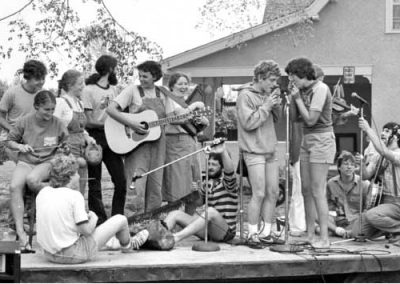
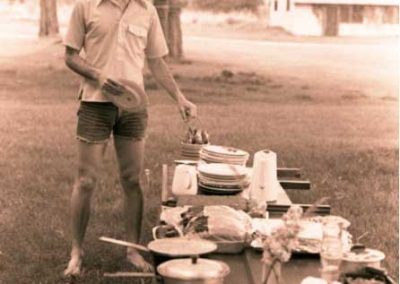

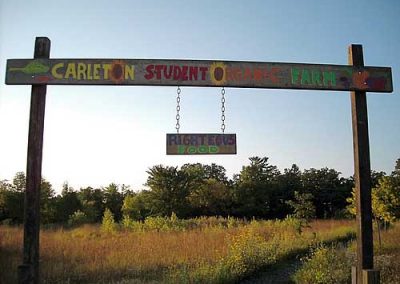
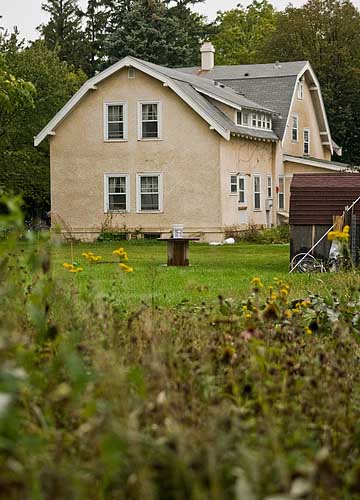
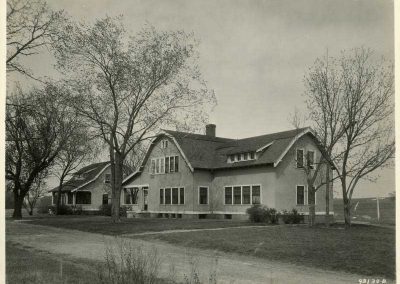
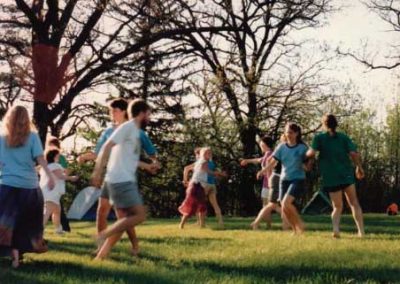
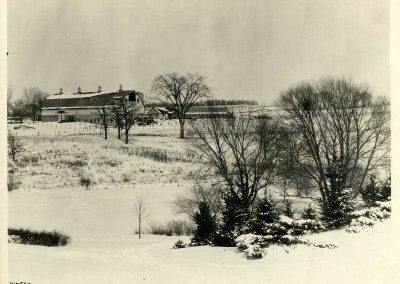
Recent Comments